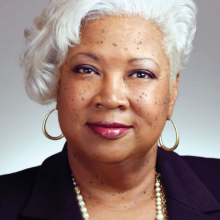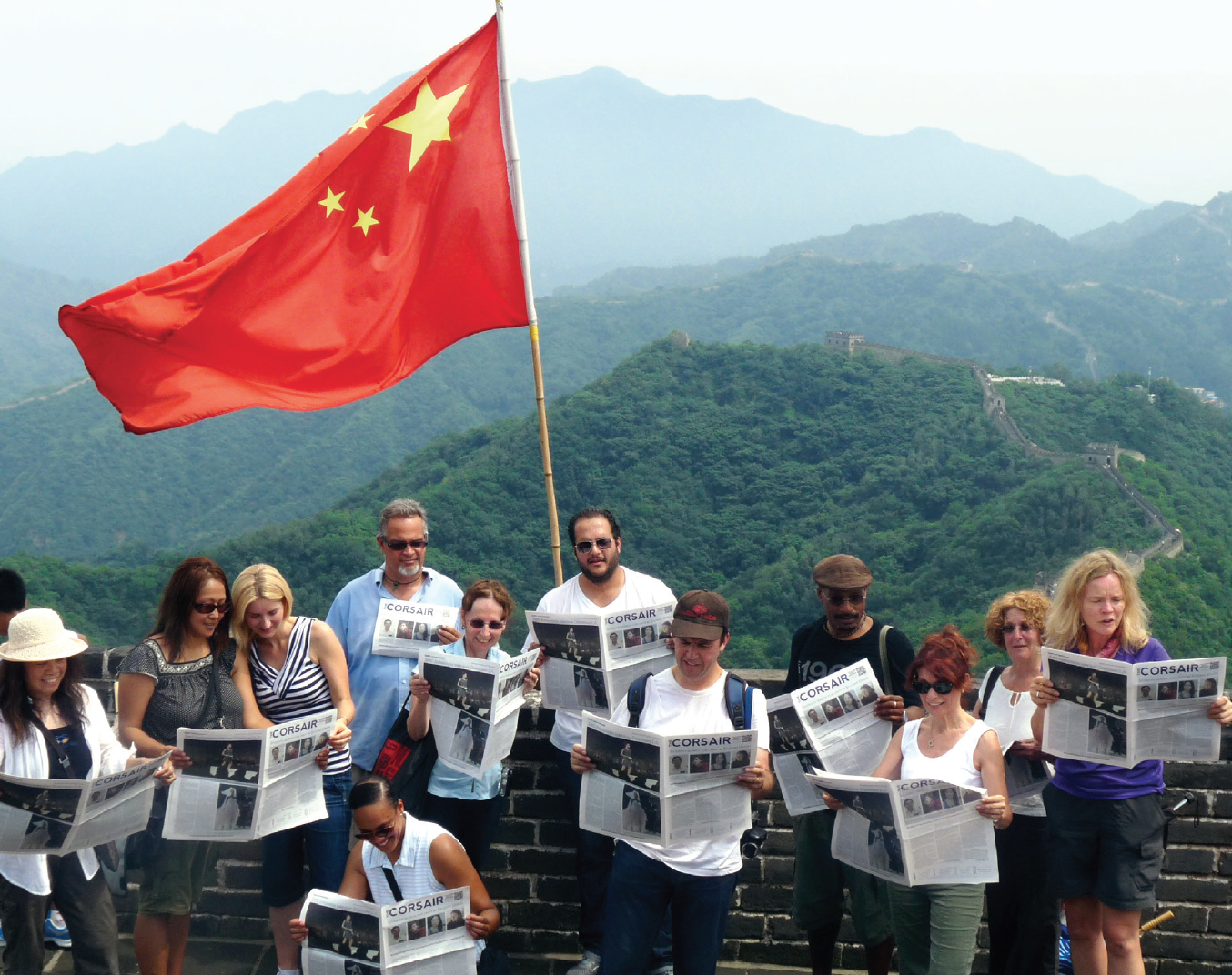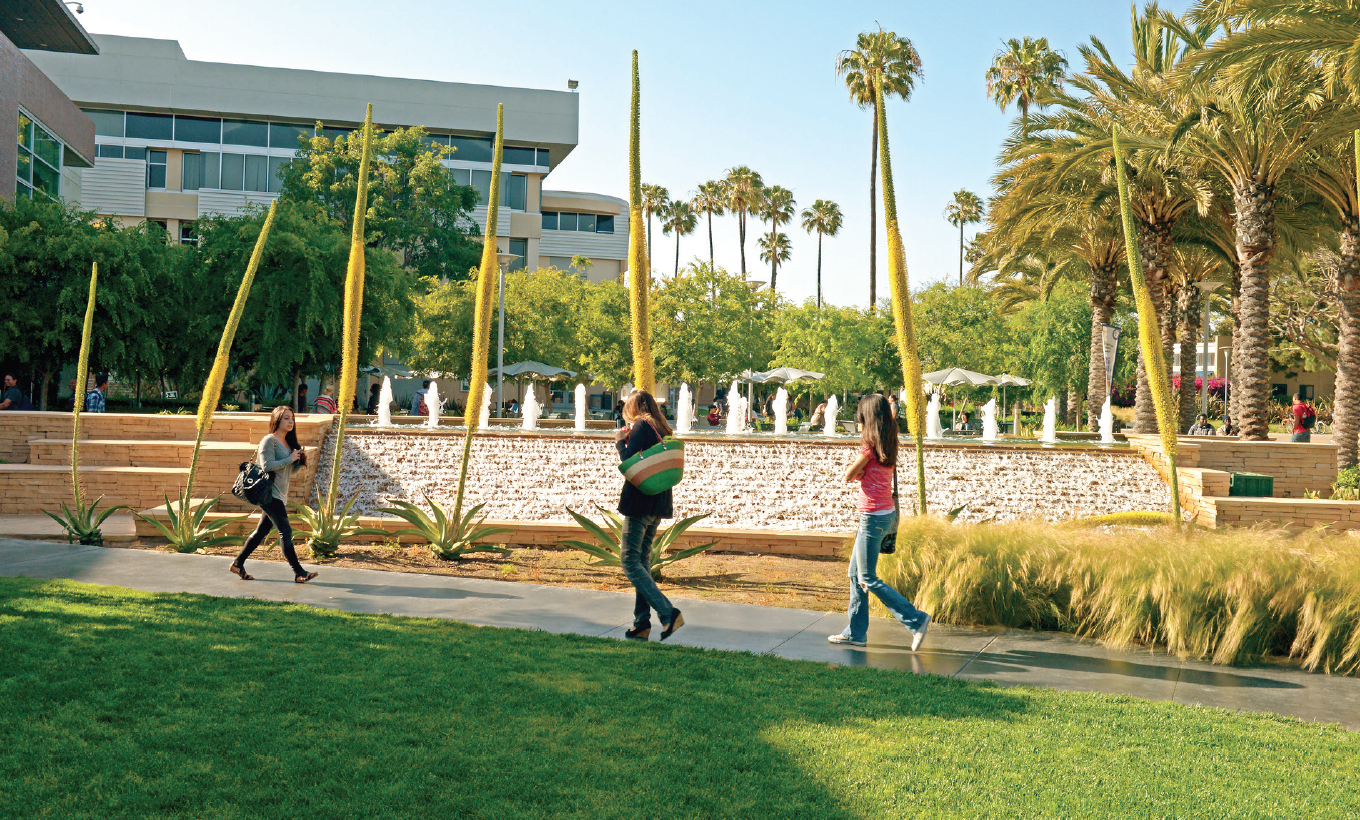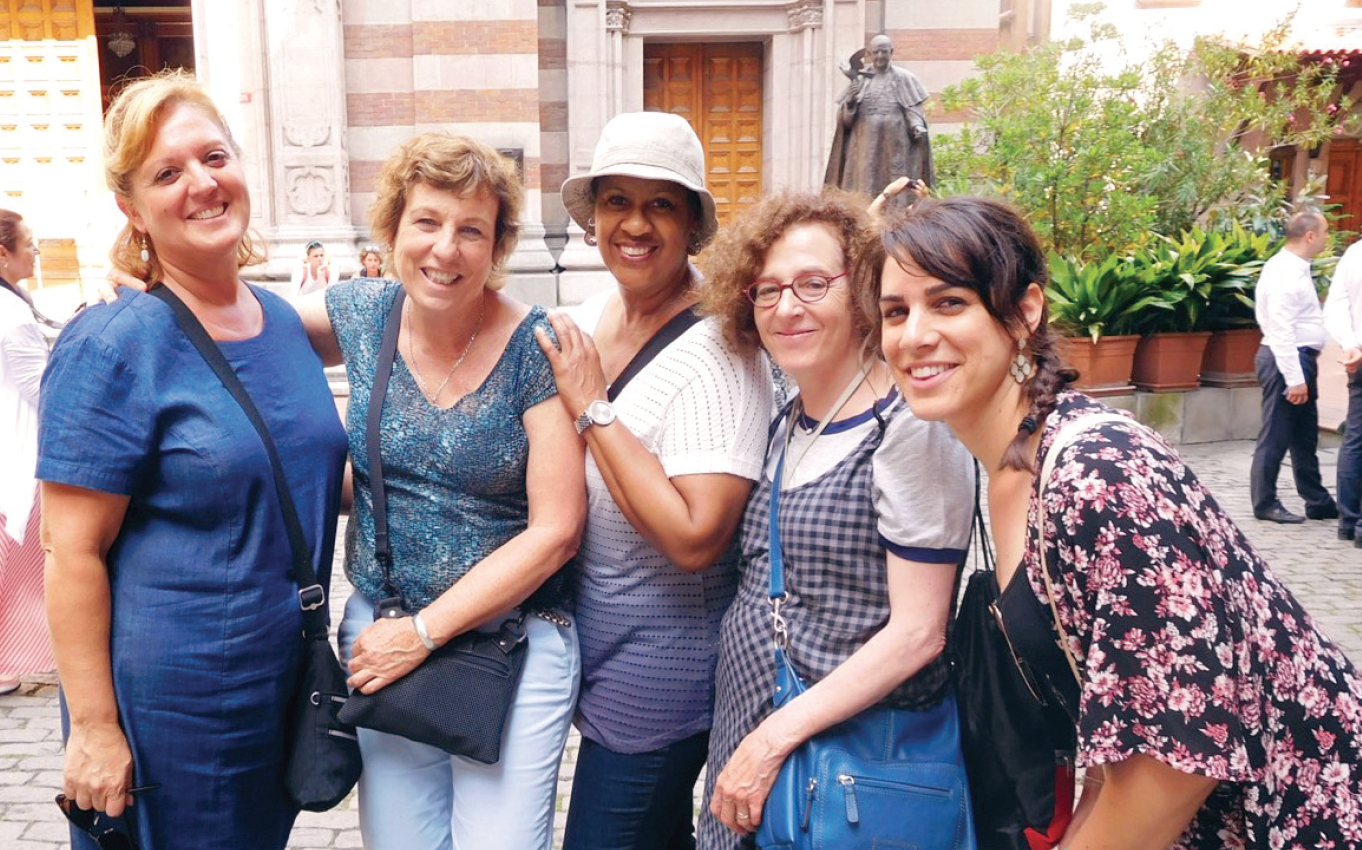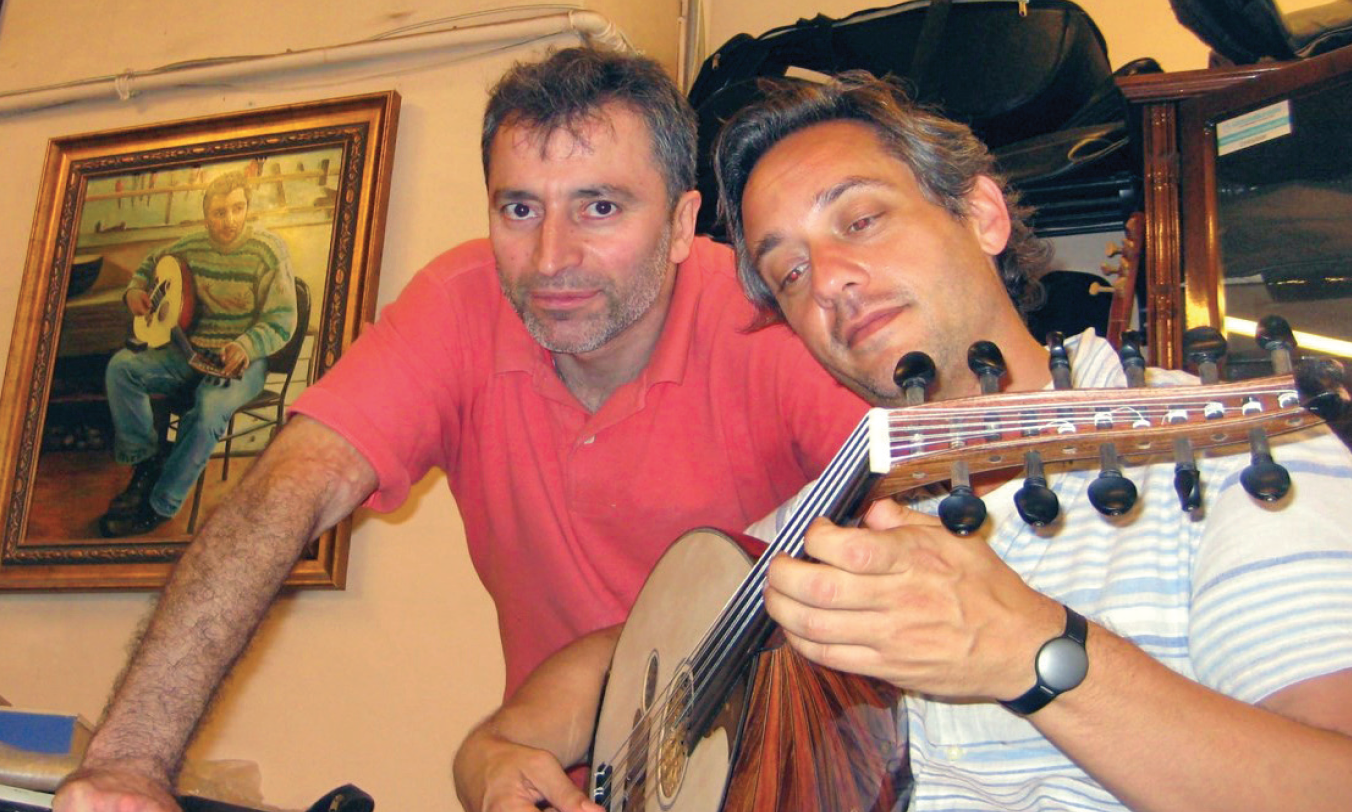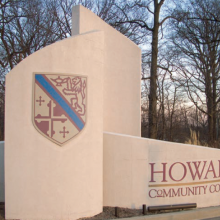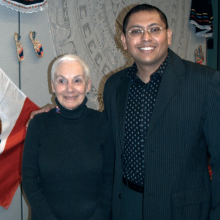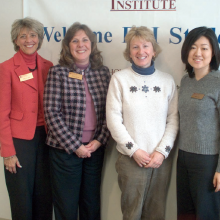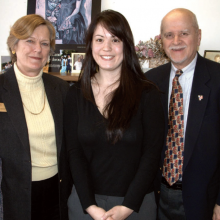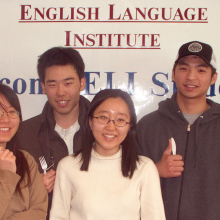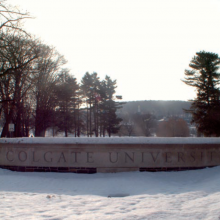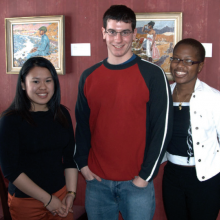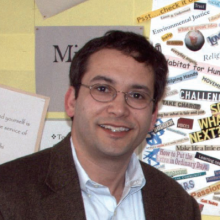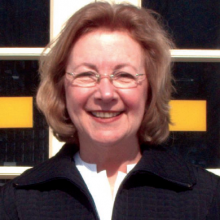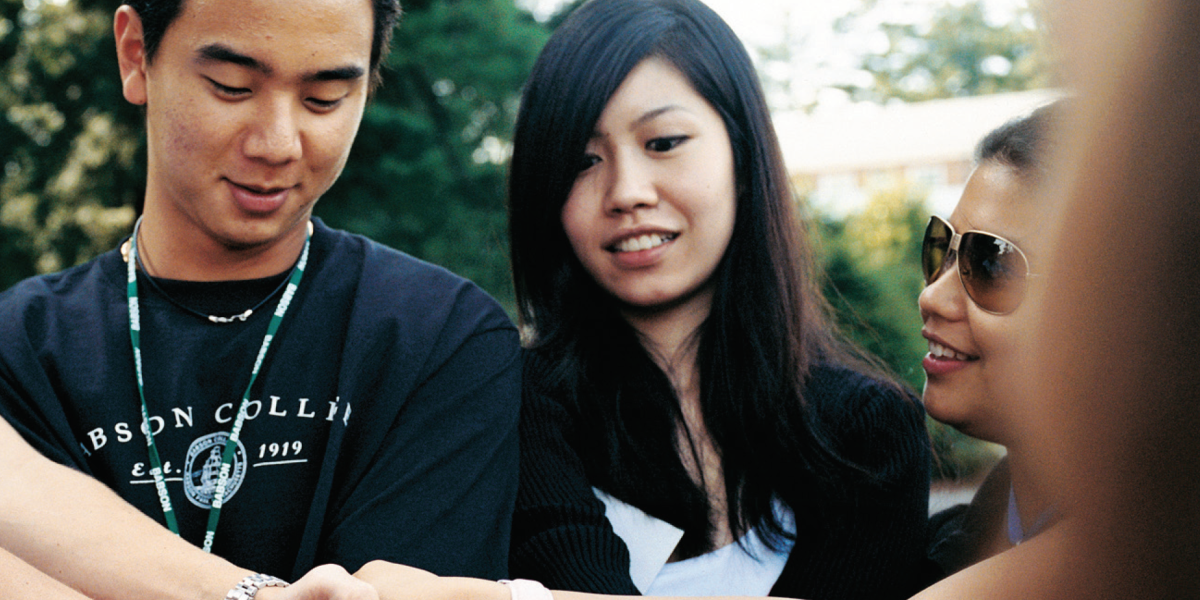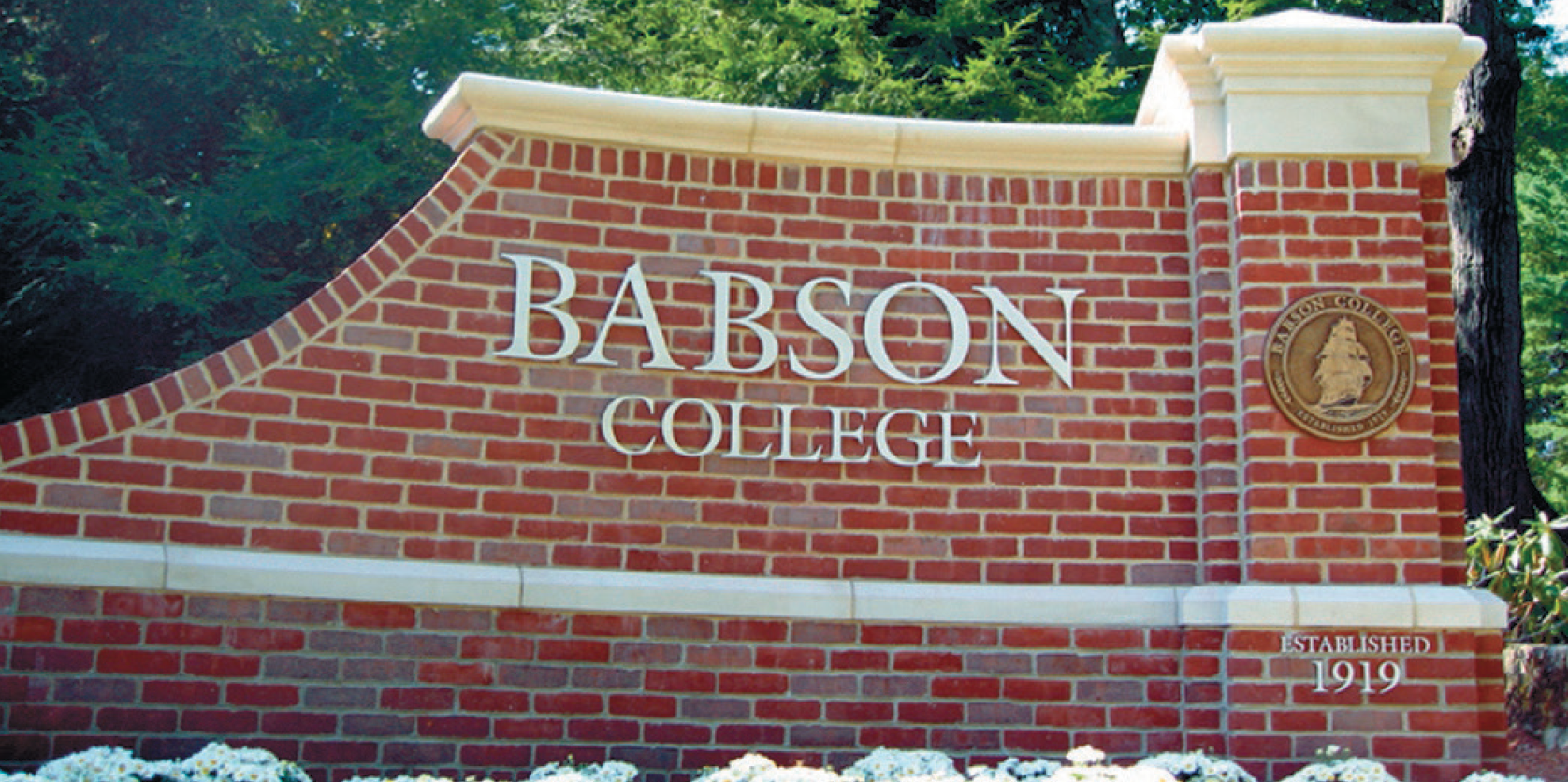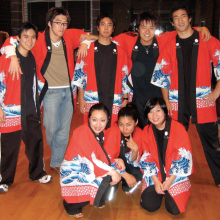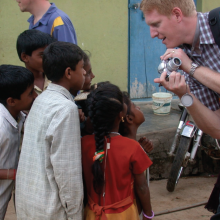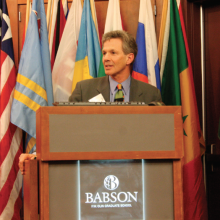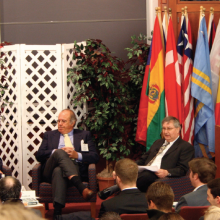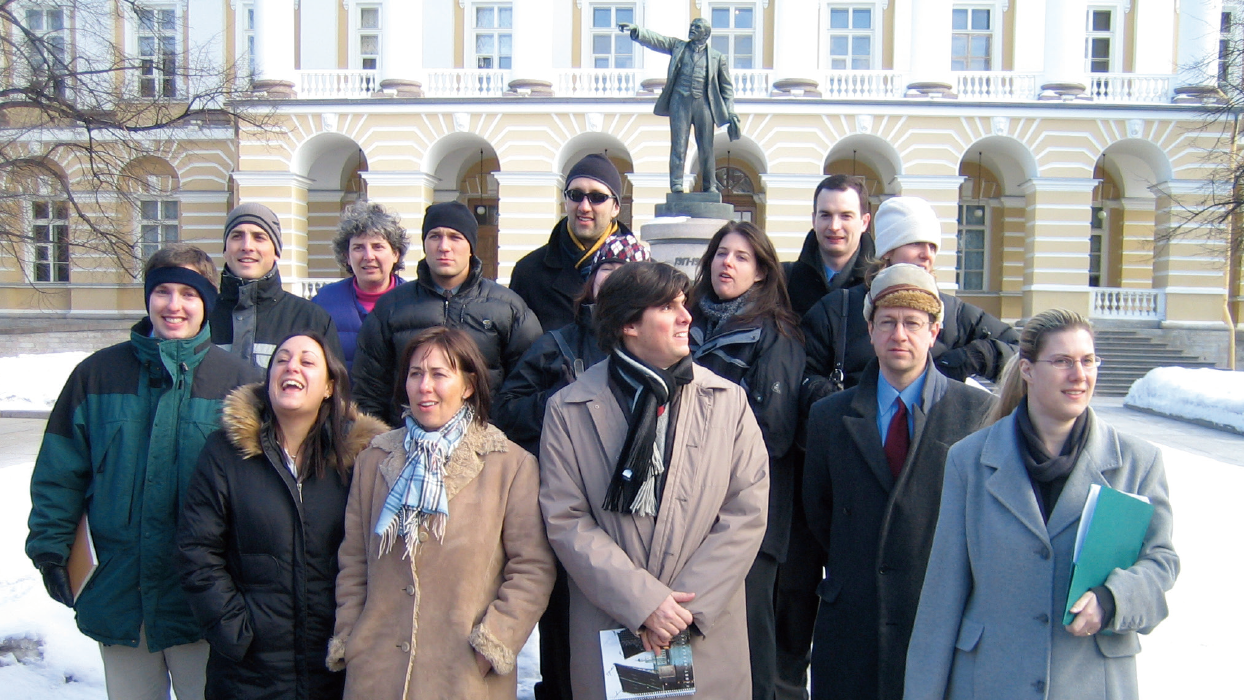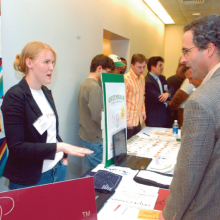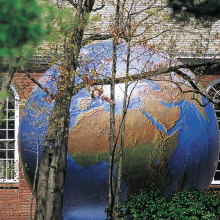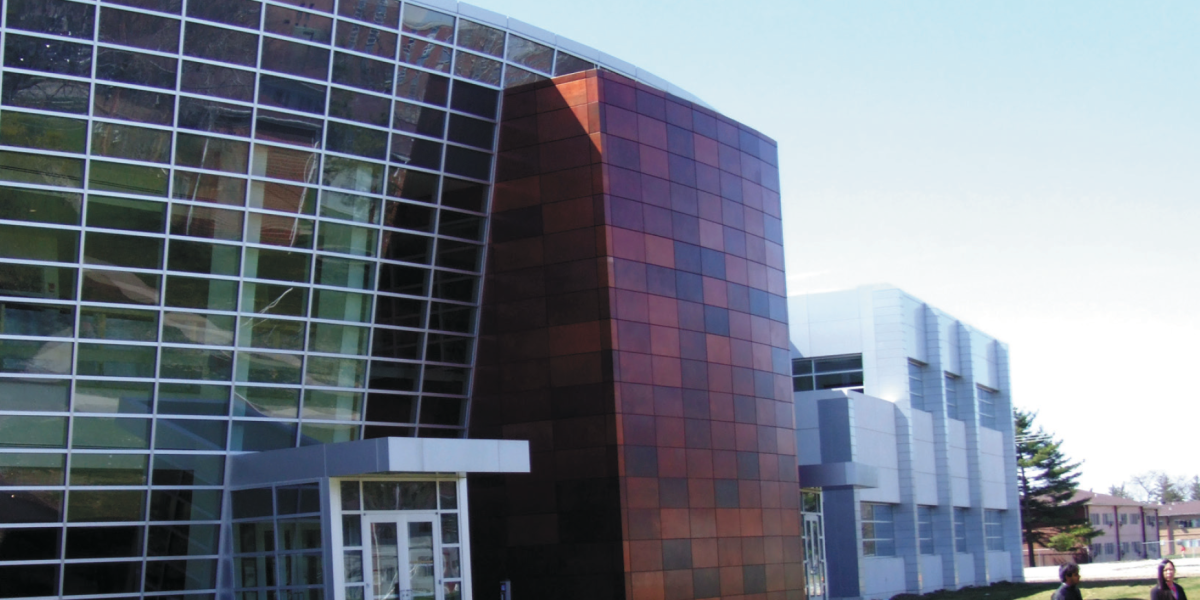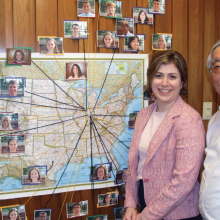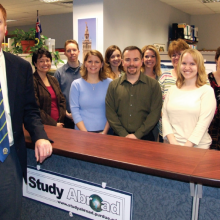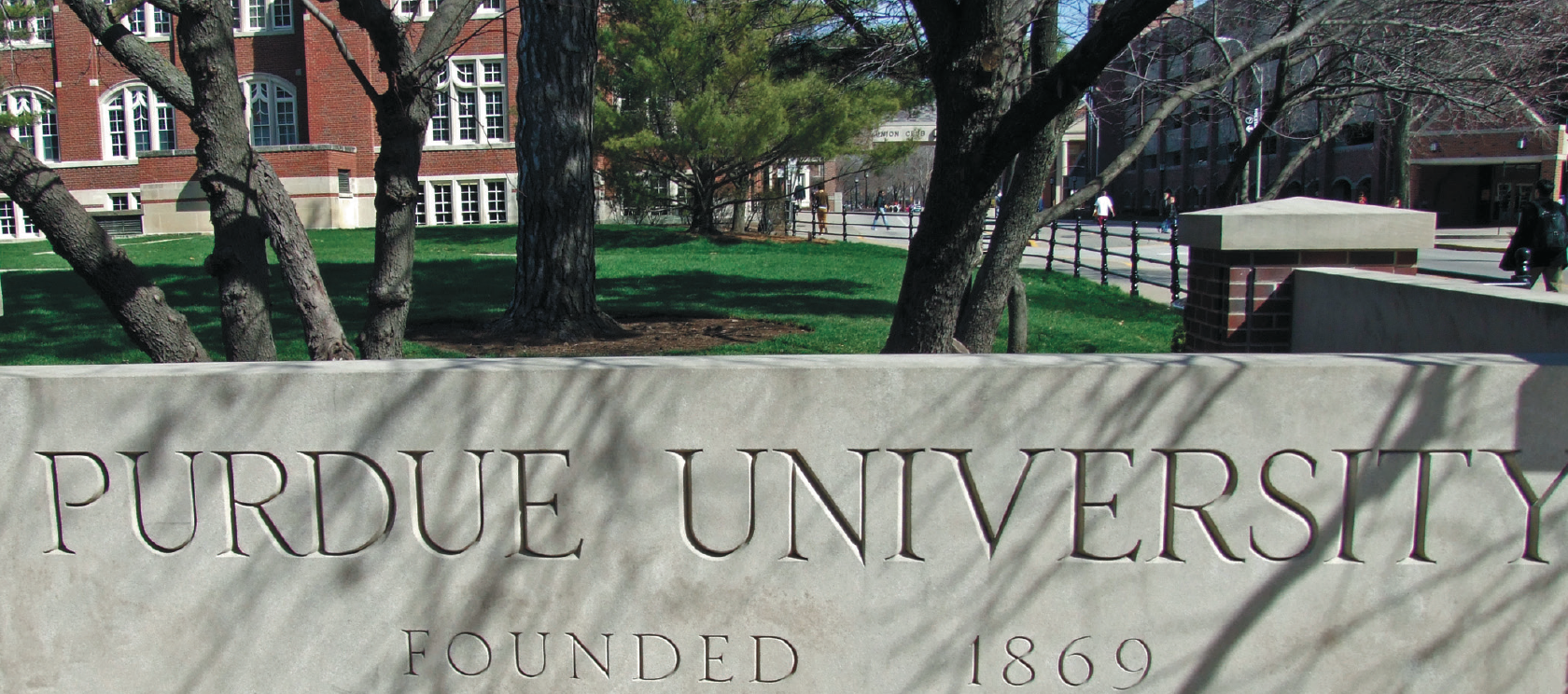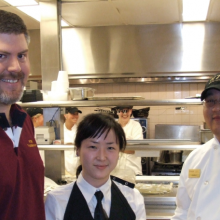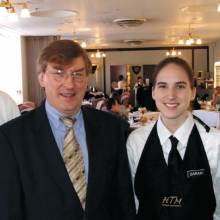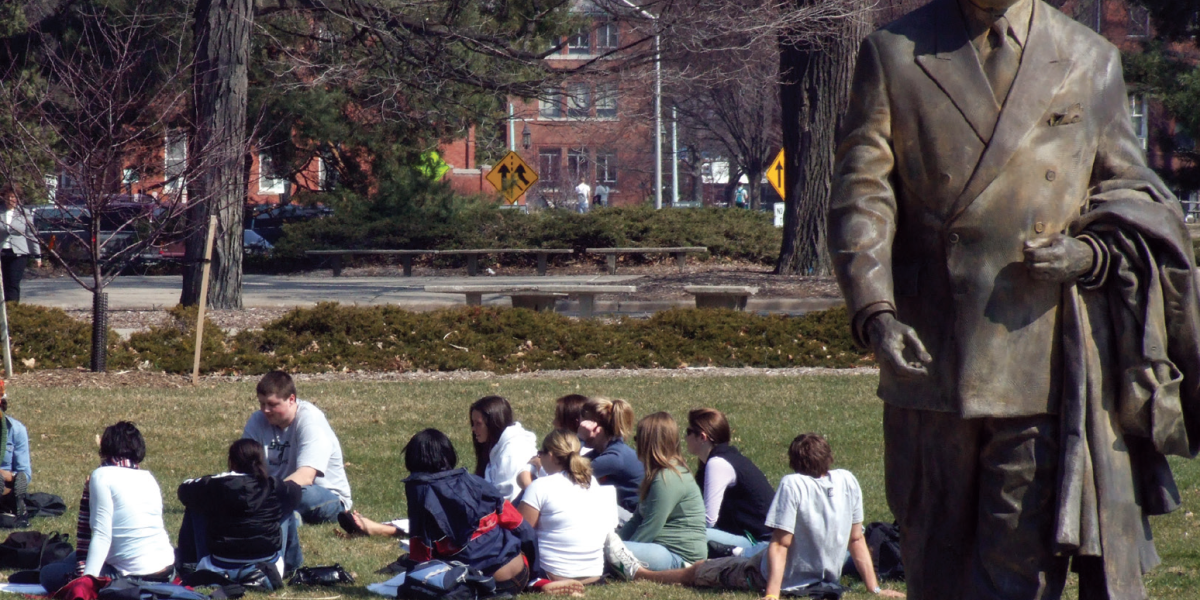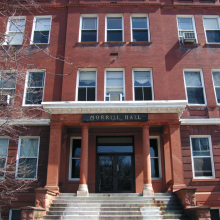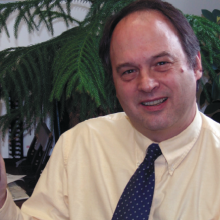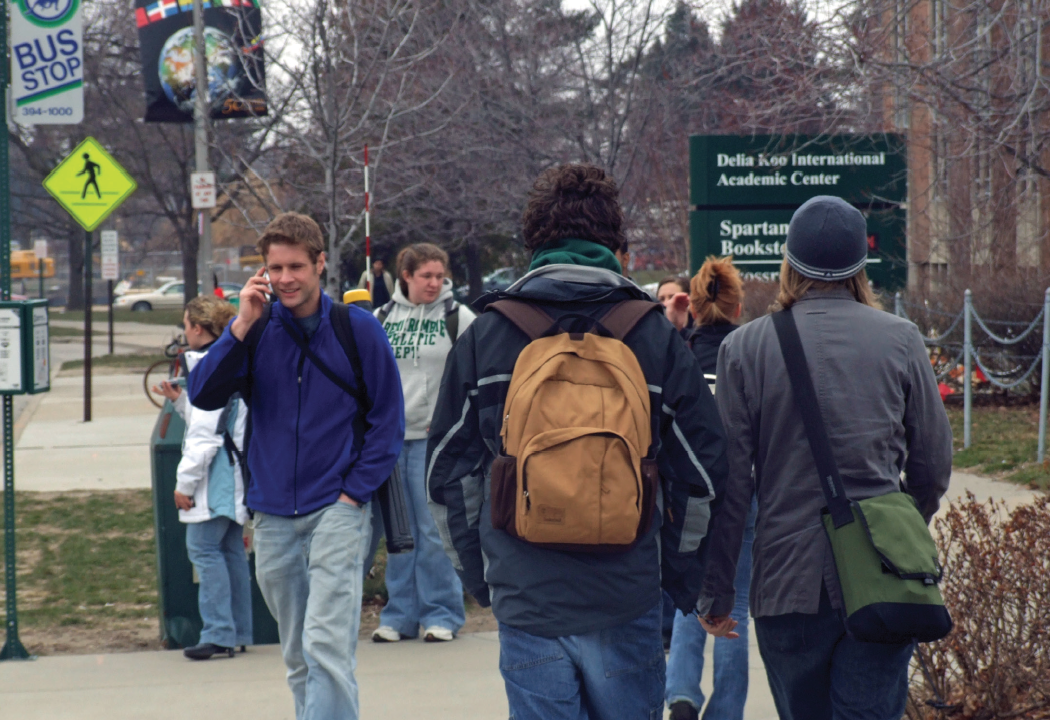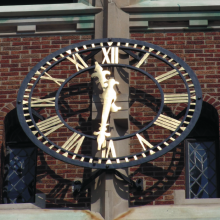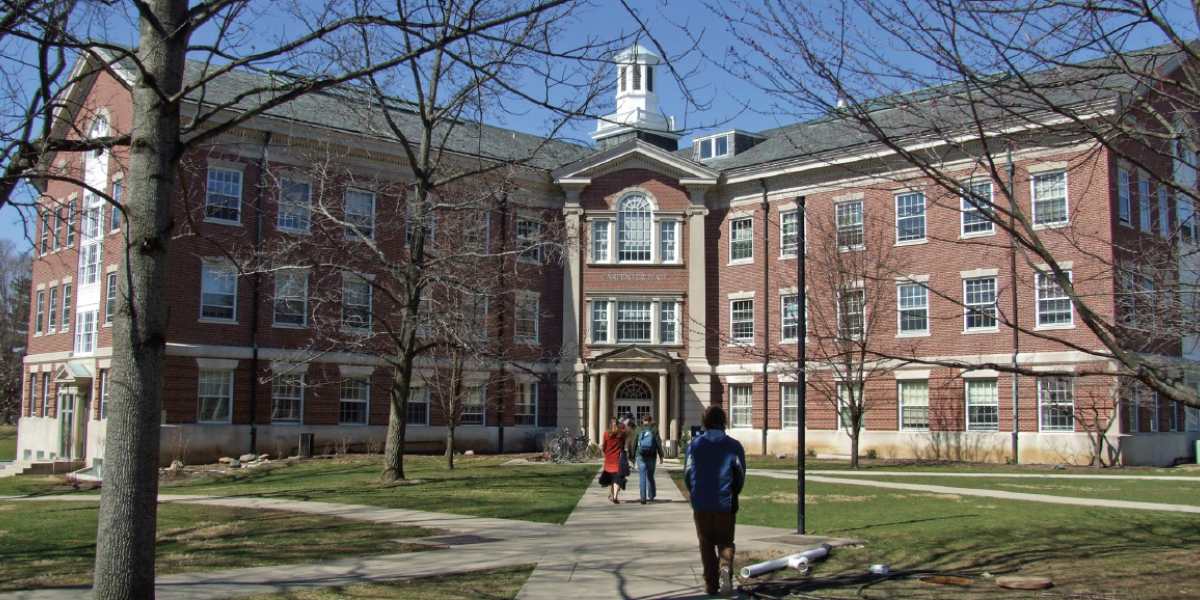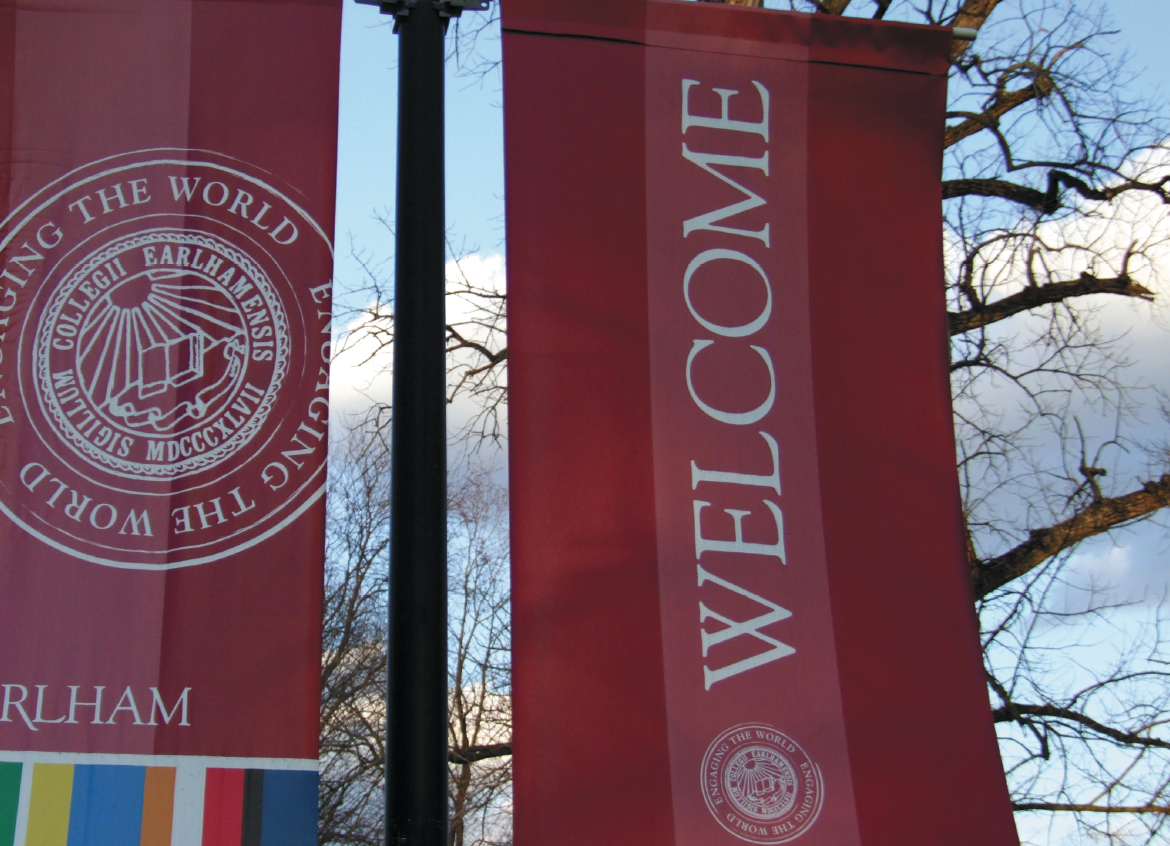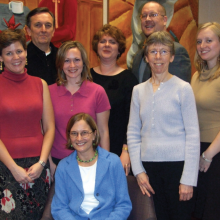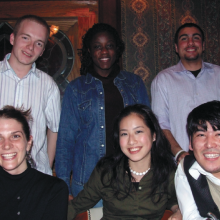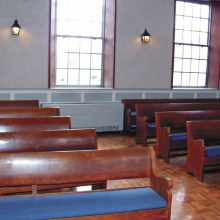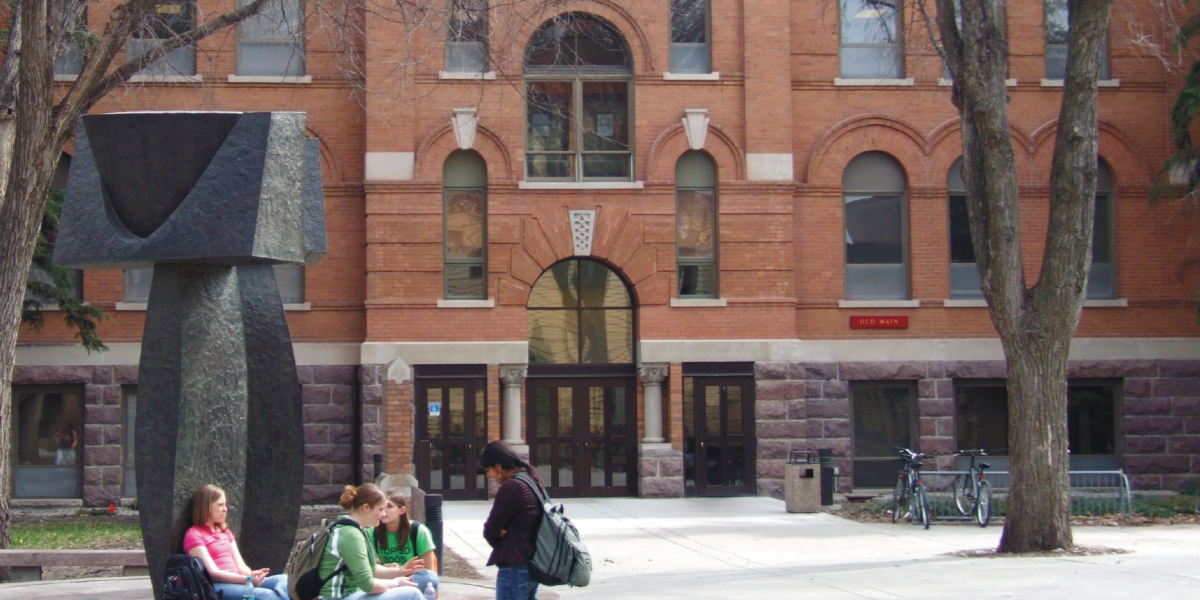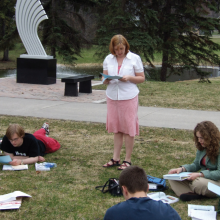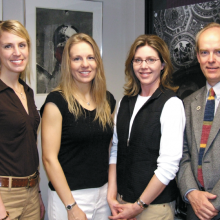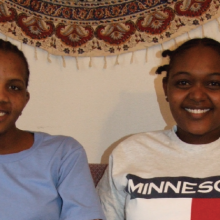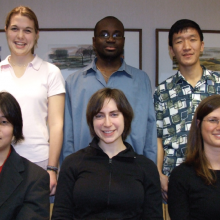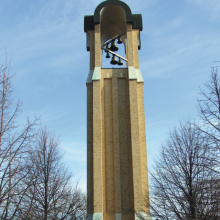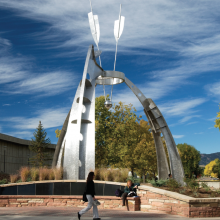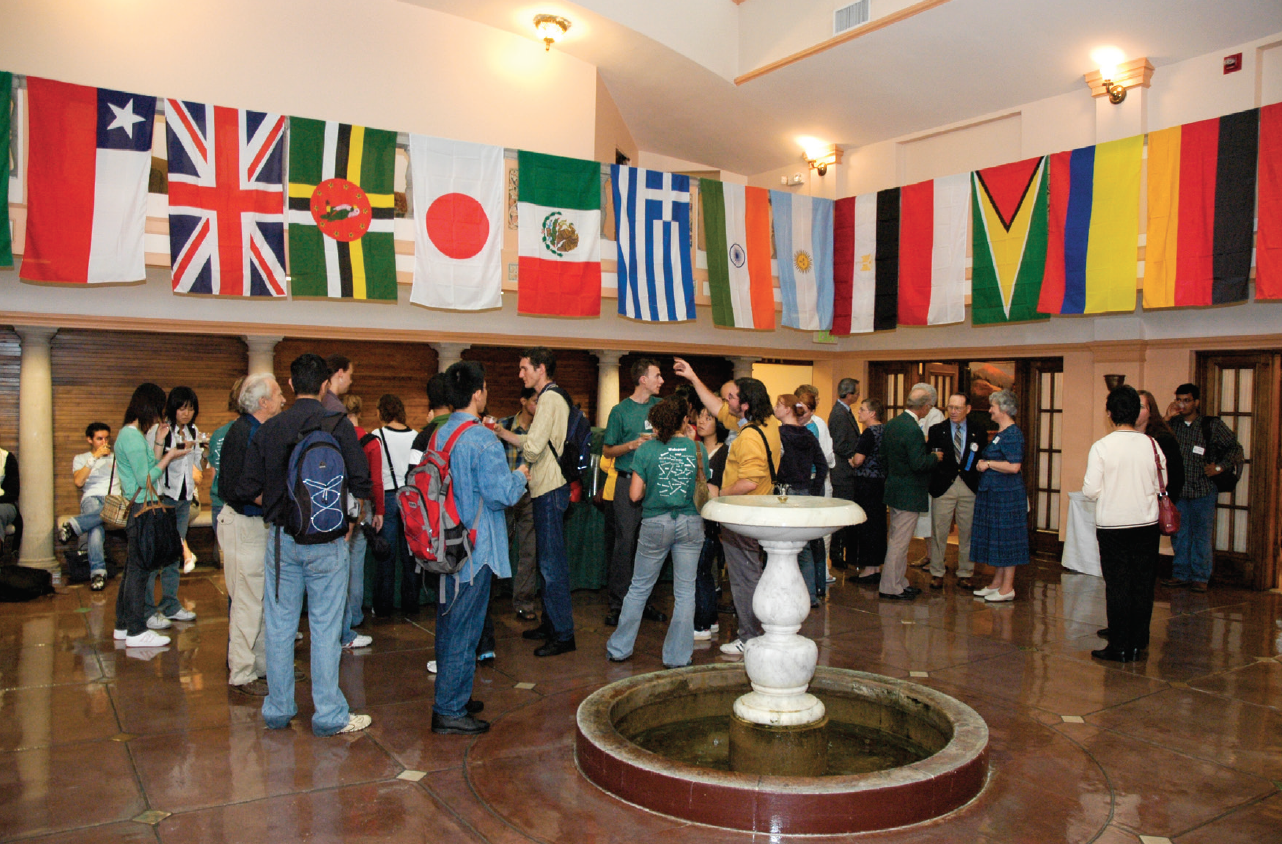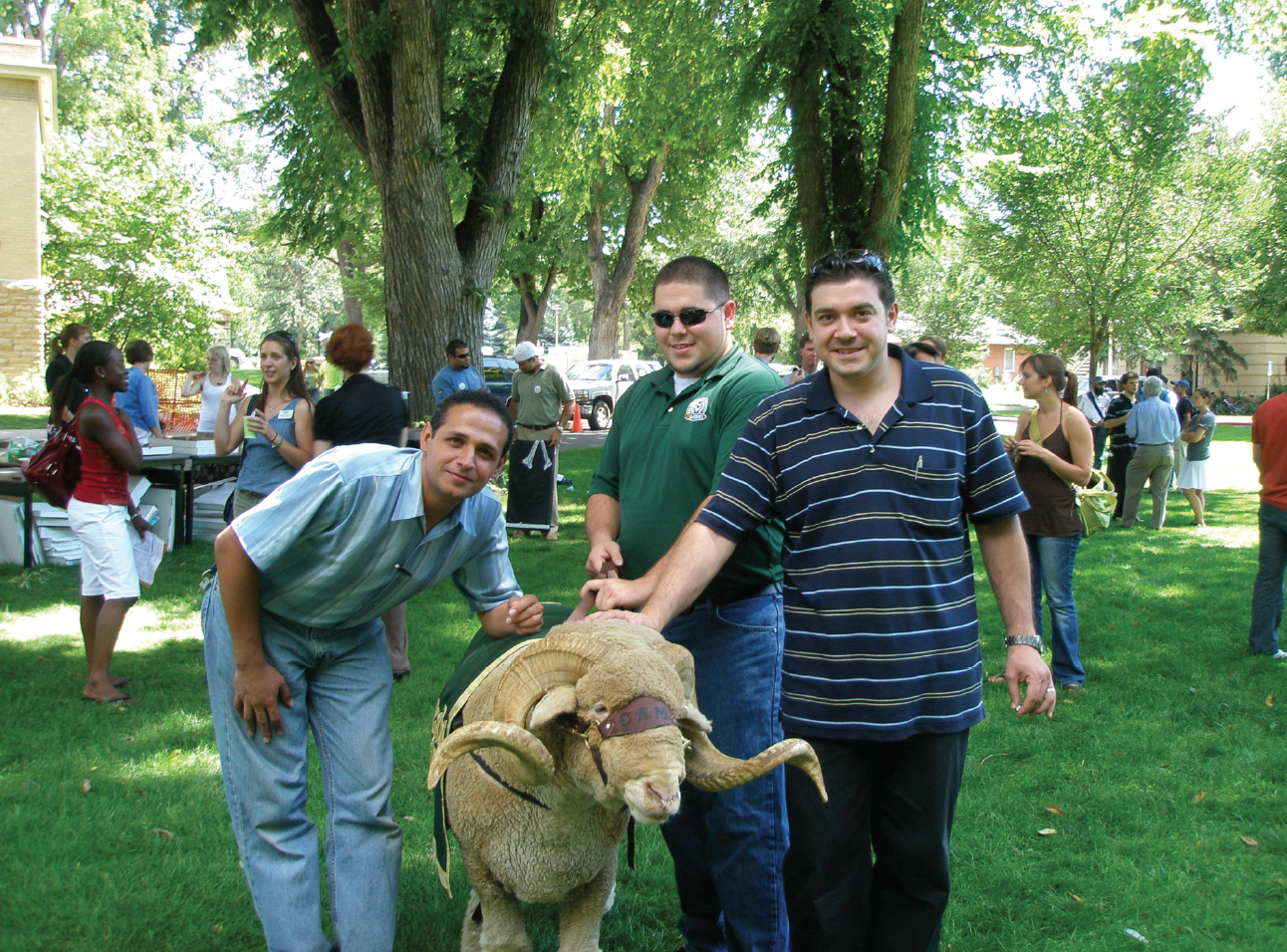2017 Comprehensive Santa Monica College
With more than 30,000 students enrolled at its campus in Southern California, including 3,500 international students from more than 110 countries, Santa Monica College (SMC) is one of the most diverse associate’s institutions in the United States. Domestic and international students alike benefit from the college’s Global Citizenship Initiative, which provides a variety of international education opportunities across the SMC campus.
Launched by former college president Chui Tsang, PhD, in 2007, the initiative is a four-pronged strategy that promotes campus internationalization through study abroad, staff and faculty professional development, curriculum development, and international student services. Over the last decade, the initiative has led to the development of several faculty-led programs, an undergraduate research symposium, faculty and staff trips abroad, and a global citizenship requirement for all SMC associate’s degrees.
Global Citizenship Becomes an Institutional Mandate
Dean of International Education Kelley Brayton, who joined SMC in 2008, co-chairs the Global Citizenship Committee with a faculty leader. According to Brayton, “internationalization became a mandate for the institution” under Tsang’s leadership.
The college then convened a task force comprised of faculty and administrators to govern the initiative and to figure out how to make it sustainable beyond the initial funding period. In 2008 the SMC board of trustees adopted the initiative as a strategic priority and committed $200,000 a year for a three-year period. The task force eventually became a permanent standing committee, known as the Global Council, in the faculty senate.
Brayton says the program has been successful due to the support of senior administration, as well as the large amount of financial and human resources dedicated to the initiative. “I have never been at an institution where [internationalization] has had this level of support,” she says.
SMC has continued to provide funding for global citizenship activities, including earmarking $75,000 a year for study abroad scholarships. The college has also successfully pursued two Title VIA grants, which provide federal funding for foreign language, area, and international studies infrastructure-building at U.S. higher education institutions.
Kathryn E. Jeffery, PhD, who became president in 2016, remains committed to the initiative, even in the wake of a state budget crisis. “We are being very guarded around making sure that we continue to support the Global Citizenship Initiative to create opportunities for students. We don’t want that to fall off of the list of priorities,” she says.
Defining Global Citizenship
One of the first steps toward implementing the initiative was defining what “global citizenship” meant for SMC. “Dr. Tsang empowered the campus. He set the direction, but he left it up to us to figure out what exactly global citizenship would look like,” says Gordon Dossett, English professor and one of the original co-chairs of the global citizenship task force.
“Dr. Tsang saw the bigger picture and helped us realize that this was something we could work on as a faculty,” adds Janet Harclerode, chair of the English as a Second Language (ESL) department.
In 2008 SMC adopted its formal definition of global citizenship: “To be a global citizen, one is knowledgeable of peoples, customs and cultures in regions of the world beyond one’s own; understands the interdependence that holds both promise and peril for the future of the global community; and is committed to combining one’s learning with a dedication to foster a livable, sustainable world.”
According to Vice President of Academic Affairs Georgia Lorenz, PhD, the process of defining “global citizenship” eventually led to the adoption of global citizenship as an institutional learning outcome, which has had important implications for accreditation. “For something to become an institutional learning outcome is really significant. At the course and program levels, faculty will map their course outcomes to the competencies related to the institutional learning outcome” she explains.
Faculty-Led Programs Revitalize Study Abroad
When Santa Monica College student Ariana Kirsey traveled to South Africa last year, she couldn’t have imagined that sleeping in a tree house in Kruger National Park would be life changing.
Kirsey is one of 25 students who studied abroad through SMC’s faculty-led program to South Africa in January 2017. In addition to South Africa, SMC also runs annual trips to Belize and Guatemala through its Latin America Education program.
Each year, SMC sends more than 80 students abroad through its various study abroad programs, which range from one-week courses over spring break to six-week courses that are offered during winter or summer sessions.
Although SMC has offered study abroad programs since the 1980s, with the Global Citizenship Initiative the college made a conscious effort to switch from third-party providers to developing faculty-led programs that also allow SMC professors an opportunity to travel.
Every year the college puts out a call for proposals to recruit faculty who are interested in leading trips abroad. Two professors travel with the students on each trip, and both part-time and full-time faculty are eligible to participate.
“We try to have a full-time lead faculty and then have a second faculty who may not have led study abroad before. They colead the first year, and then the second year the idea is that they would take on the lead. We wanted to rotate it so it wasn’t just a select few who could do it,” Brayton says.
SMC also offers a one-credit course, Field Studies Abroad, which launched in 2016. The program was developed specifically to target students who might not be able to travel for longer periods of time. Students travel with a faculty member for seven to 10 days over spring break.
The college approved a one-credit class called Global Studies 35 that can be customized depending on the destination. Brayton says that Field Studies courses have created opportunities for students and faculty alike because of their shorter duration.
Art history major Megan Dobbs says the Field Studies model was quite convenient in terms of time and affordability. She traveled to Denmark in March 2017 as part of a course titled Vikings, Socialism, and Sustainability: Copenhagen Past and Present.
“The trip took me out of my personal bubble and reminded me to think of the world on a much grander scale. This trip continues to remind me that I need to make an effort to step out of my comfort zone and have new experiences,” says Dobbs, who transferred to the University of California-Berkeley in fall 2017.
The college also strives to keep its study abroad programs affordable. “We really work hard on creating very low-cost study abroad. We have become an informal travel agent here at SMC and we work with in-country vendors,” Brayton explains.
The college provides $75,000 in study abroad scholarships every year, and more than half of all students going abroad receive $500 to $2,000 based on need. Many students are first-generation college students, and more than half of SMC’s study abroad participants are minorities. In addition, they are seeing an increased number of international students joining faculty-led programs.
“A lot of our students have never left LA before. Study abroad is an experience that can really shift their perspectives on what it means to be a global citizen,” says Associate Dean of Student Life Nancy Grass, PhD, who led students to South Africa in 2008 and 2012.
Comprehensive Support for International Students
For the last five years, Santa Monica College has had the second largest international student population of any community college in the United States, according to the Institute of International Education’s Open Doors data. SMC attracts students from around the world largely because of its reputation as a top transfer school.
While some students pursue shorter academic certificates, the majority of its 3,500 international students seek admission to nearby four-year institutions such as the various campuses of the University of California (UC). International students receive academic and immigration advising, among other support services, through the International Education Center and the International Education Counseling Center.
Omar Bishr, an economics major from Egypt, plans to transfer to the University of California. “From the moment I applied, the international office responded to all of my concerns. When I came to SMC, I felt like I was really welcomed to the school and that my presence matters. I really liked that I was given a presentation by counselors explaining to me the system of the college and how to choose my classes in order to transfer,” he says.
One initiative that seeks to promote interaction between international and domestic students is a language and culture exchange program run jointly between the modern languages and ESL departments. International students are paired with domestic students studying their language.
“We create an online forum for them and have an orientation. They can meet on that day, but if they don’t then they can go into the forum and introduce themselves and find people for language exchange online,” says Liz Koening, an ESL faculty member.
Approximately 130 students participate per semester. Music major Nahalia Samuels says she took part in order to practice her language skills with a native speaker.
“For me, having a language partner for Korean 1 and Korean 2 made all the difference in my reading, writing and speaking skills. I also wished to learn more about the...culture of the language I’m studying and to offer help as a native English speaker towards my ESL partner. I feel the program helps foreign students to connect with the campus community and expose us domestic students to a seemingly hidden population on campus,” she says.
Professional Development Helps Internationalize the Curriculum
Early on, SMC recognized that it was necessary to internationalize the faculty in order to reach the long-term goal of campus internationalization, especially in the classroom. The Global Citizenship Initiative thus led to the creation of a number of professional development opportunities abroad for faculty and staff.
In 2007, the first group of SMC faculty and staff traveled to Austria to attend the Salzburg Global Seminar, where they learned about topics such as intercultural communication and social justice. Other cohorts have subsequently visited the Beijing Center for Chinese Studies in China and Bahcesehir University in Istanbul, Turkey, with the last group traveling in 2015. Over the past 10 years, more than 125 SMC faculty and staff participated in the professional development programs to Austria, China, and Turkey.
Peggy Kravitz, international education counselor, traveled to Austria, China, and Turkey. “It was a fabulous way to learn about those cultures, which of course I deal with in my work with international students,” she says.
Grass, who traveled to China, adds that one of the greatest benefits of the programs is the fact it was open to all full-time employees on campus.
“It wasn’t just faculty or administrators who could go, but technicians and custodians could apply as well. They really took a cross-section of the college that allowed for people to really get to know each other in a whole new way,” she says.
Brayton says the idea was to help staff who are often on the front line of student services gain a greater appreciation for the international student experience at SMC. “Classified staff are the ones who have a lot of casual interactions with students every day. The more they understand some of the challenges of being abroad, the more they that can connect with our international student population,” she says.
Upon their return to campus, faculty members must develop modules for their courses, and staff are to participate in international activities on campus, such as International Education Week.
In addition to the trips abroad, faculty can apply for a number of Global Grants ranging from $3,000 to $10,000 that fund projects and events, such as speakers, film screenings, and field trips, throughout the year. Harclerode, for example, received a Global Grant to take her ESL classes to various sites around Los Angeles, including the Watts Towers and the Los Angeles River. “The idea was to take them to the parts of LA they might not get to on their own,” she says.
Promoting Global Citizenship Through Student Research
To weave the idea of global citizenship into the fabric of campus life, SMC chooses a theme for each academic year and encourages faculty to develop related course modules. The current theme—“Gender Equity: Is Equity Enough?”—has been running for two years. In 2017–2018, the campus is exploring the topic of “Promise and Peril of a Global Community.” Previous years’ themes have included water, food, poverty and wealth, and peace and security.
The campus also holds an annual research symposium, where students are invited to submit and present academic and creative projects related to the annual academic theme.
Grass, who chaired the first symposium in 2010, says the idea for a campuswide research symposium emerged from the need to better prepare students to transfer to four-year universities: “When students come from the community college, even if they are really well prepared academically, they’re not ready to jump into junior-level research projects. Having the symposium encouraged faculty to have students do original research around this idea of global citizenship.”
“When we put out the call for proposals, it allows students to put forward what global citizenship means to them in the context of their education,” adds Delphine Broccard, communications professor and current symposium chair. “We can really discuss what global citizenship means in the different disciplines.”
Students submit proposals for projects ranging from short films, persuasive speeches, and photography to responses to study abroad experiences and Science, Technology, Engineering, and Math (STEM) research. Students can win cash prizes for the best entries in different categories. In 2016, Kenta Tanaka, an international student from Japan, won the President’s Award and $500 for a design project that explored the theme of gender equity in fashion. “I mixed menswear and womenswear. In fashion, we call it gender blur,” he says.
Global Citizenship Spans the Curriculum
SMC has used funding from one of its two Title VIA grants to develop a global studies major. Global studies at Santa Monica is an interdisciplinary program designed to increase students’ knowledge and understanding of the processes of globalization and their impacts on societies, cultures, and environments around the world. Coursework includes world geography, international political economy, experiential learning, and foreign language.
The Global Citizenship Initiative has also given impetus to the development of a global citizenship degree requirement for all students receiving an associate’s degree. Students can meet the requirement either by studying abroad or taking an approved global citizenship course.
“The reality is that not a lot of students can participate in study abroad. But where students are going to be the most impacted by global learning is in the classroom. Infusing global perspectives into the general education curriculum is where we can reach a lot of students. Hopefully, that exposure highlights some of the international opportunities for them, not just here at Santa Monica but beyond,” Brayton says.


